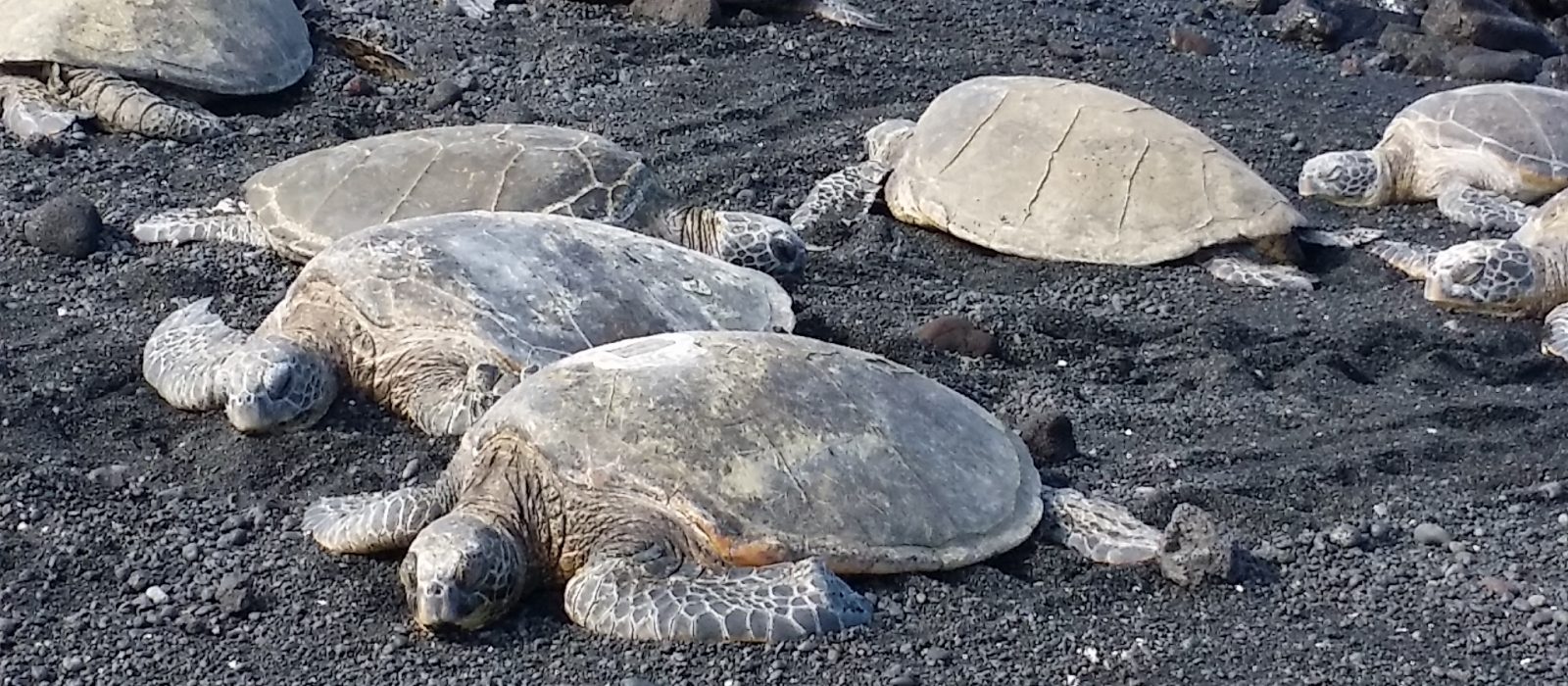Why Hawai‘i is the best place to be a biologist?
Hawaiʻi’s great distance from continents means each island has a unique biological history. Animals and plants arriving by wind, water, or wings found few predators, herbivores, parasites, or diseases. Over time, plants evolved into new species lacking thorns and poisons and animals evolved into species adapted to new food sources and habitats.
When Polynesians first arrived around a thousand years ago, they brought around 30 culturally important plants and 4 animals: the dog, pig, rat, and chicken. Western contact in 1778 brought many more intentional (cattle, goats, coffee, mangos, mongooses) and unintentional (ants, mosquitoes, termites, cockroaches, centipedes) introductions. Hawai‘i’s unique endemic species are now threatened by habitat destruction, invasive species, and climate change, so we developed relevant lessons on how invasive species may influence Hawai‘i’s culture, economy, and ecology.


